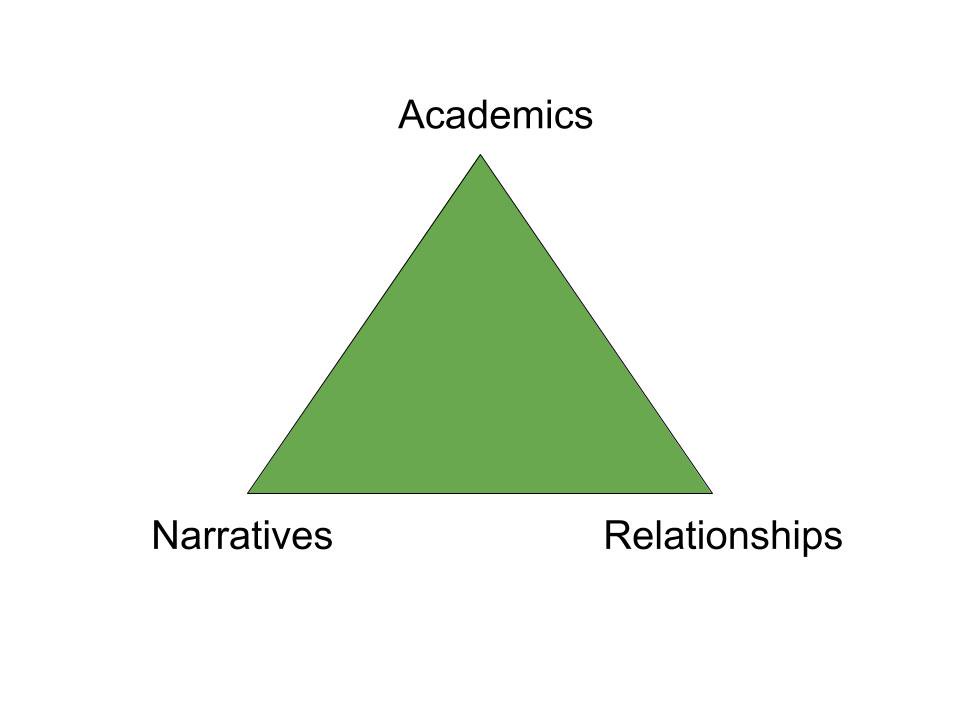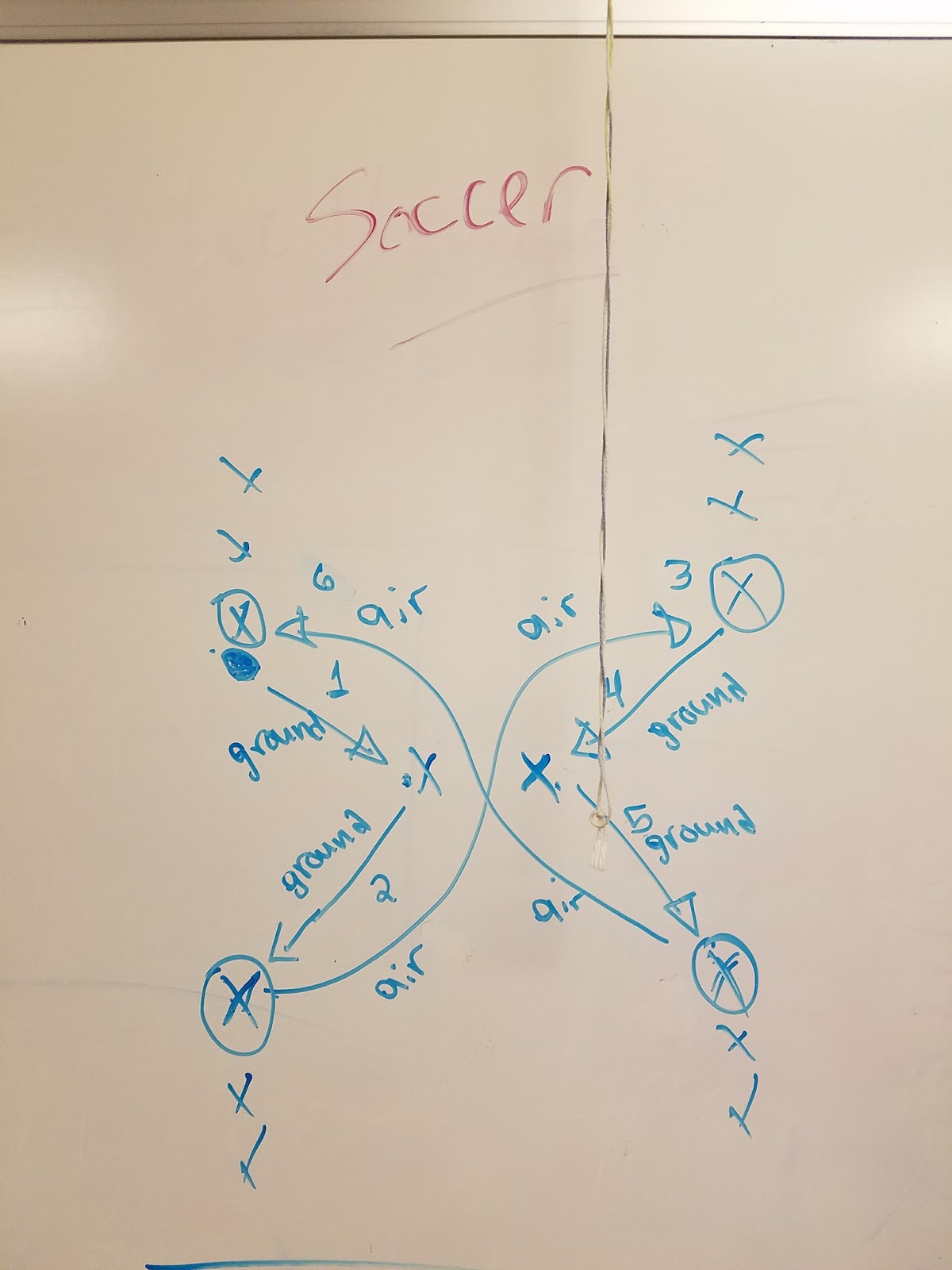This is strikes me as a great start. I really appreciate the purpose behind your game and I believe this game could influence a broad audience and promote empathy. As I was reading, I found myself thinking through the decisions you’ve outlines and Joy’s predicament. I’m a cancer survivor myself- I was diagnosed with stage 3 colon cancer a few years back. I’m fully cured now but the experience was, as you seem to know, a life changing event.
Overall, your game seems realistic already and does seem like it would foster empathy toward Joy. It also shows that cancer can impact anyone at any stage in life. Basically, I would encourage you to think through and explain in more detail Joy’s symptoms before treatment, her prognosis, and her closest peer relationships, like friends, or boyfriends. As with any writing, more specificity will likely make this game stronger. Also, those details will make the game more educational for the audience.
As I was reading, I made notes using a tool called hypothes.is, which allowed me to give feedback “in line.” I hope my feedback doesn’t sound too critical because I really like the way this game is shaping up but it engaged me to the point that I wanted to think critically about the design. It is all intended constructively and I hope it reflects my excitement about your game. Here are those marginal notes:







 (pictured here) I pulled this photo from
(pictured here) I pulled this photo from  (Pictured here) I pulled his photo from
(Pictured here) I pulled his photo from 





 The relevance of this kind of curricular planning appeals to me. I was reminded of how important Linda's work is when I saw a news story in my own community about a company's insensitivity about the issue of gentrification and how it led to civic action on social media, as well as some genuine civic unrest in Denver.
The relevance of this kind of curricular planning appeals to me. I was reminded of how important Linda's work is when I saw a news story in my own community about a company's insensitivity about the issue of gentrification and how it led to civic action on social media, as well as some genuine civic unrest in Denver.  It always stands out to me when teachers frame reading in ways that apply to understanding the world. This kind of framing makes everyone a reader, and highlights how reading strategies are thinking strategies.
It always stands out to me when teachers frame reading in ways that apply to understanding the world. This kind of framing makes everyone a reader, and highlights how reading strategies are thinking strategies.



 Community of Practice
Community of Practice






